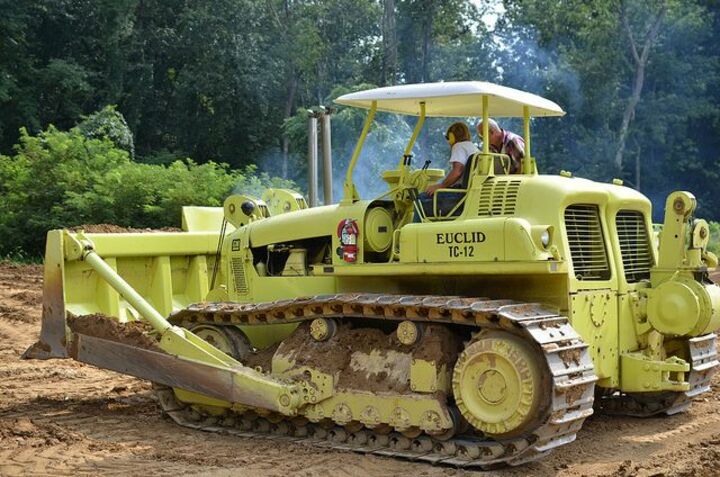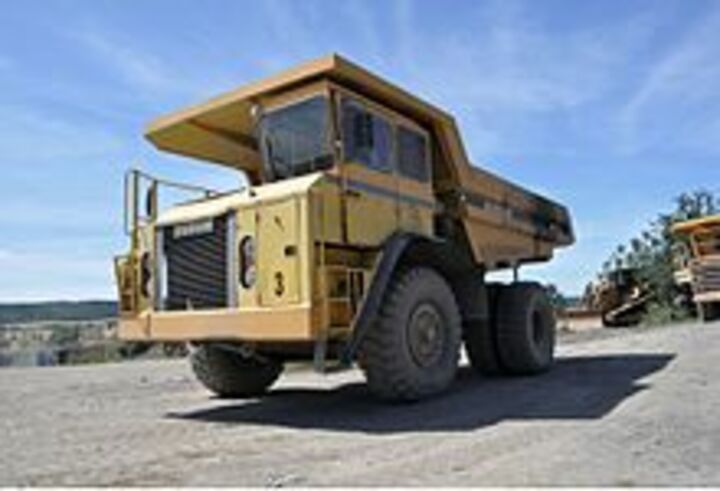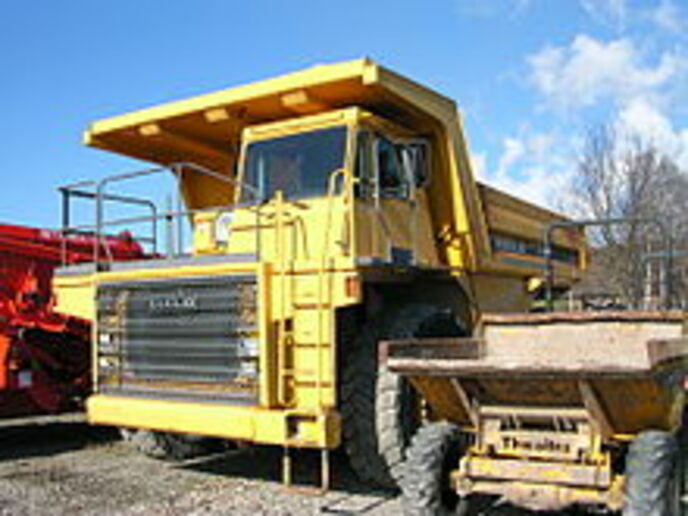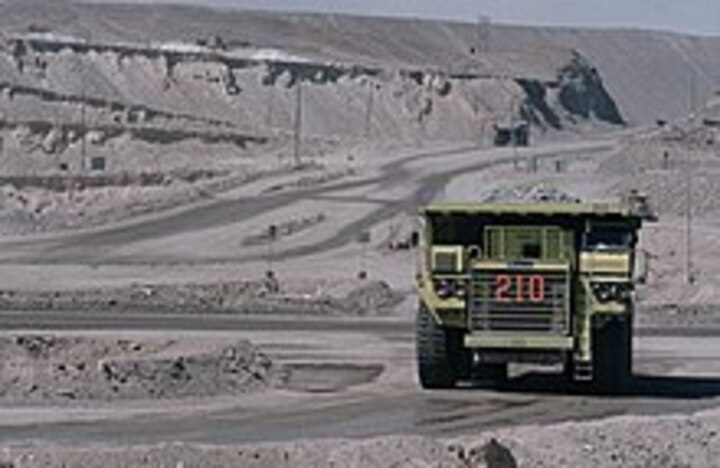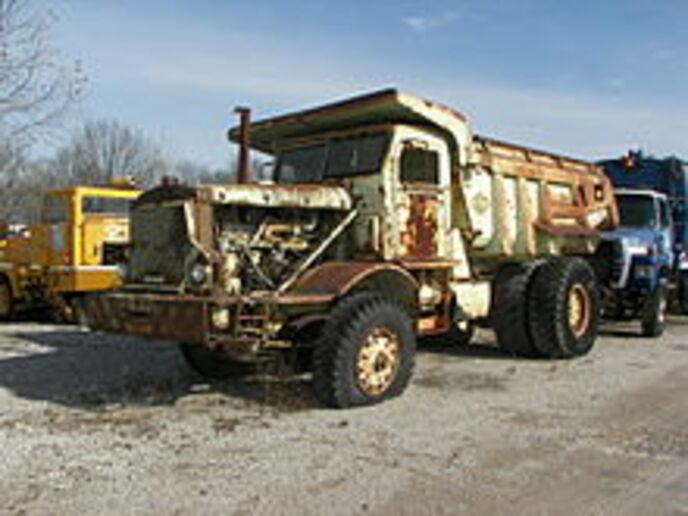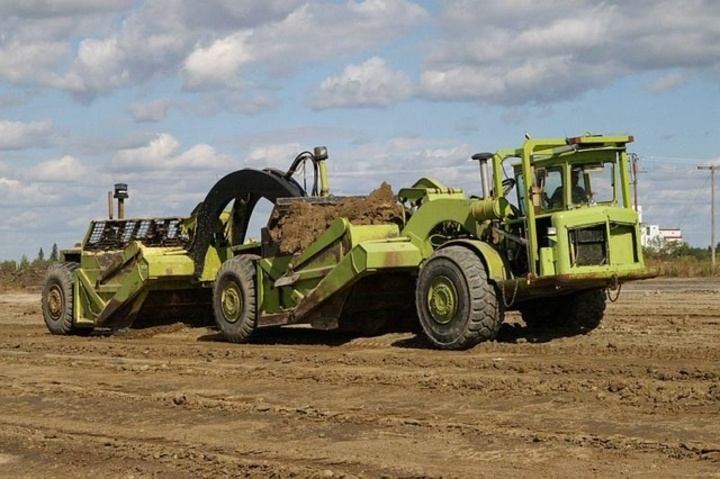anyone have, or had any experiences with the old euclid brand construction equipment?
i ran a dozer for a couple days, years ago, 1980s, time frame
i believe gm owned euclid company at one time
it had the radiator mounted behind the seat, odd design, detriot motor,
it was very loud, and struggled to keep up the a d6 cat,
any one know what happened to euclid company?
thanks
i ran a dozer for a couple days, years ago, 1980s, time frame
i believe gm owned euclid company at one time
it had the radiator mounted behind the seat, odd design, detriot motor,
it was very loud, and struggled to keep up the a d6 cat,
any one know what happened to euclid company?
thanks


